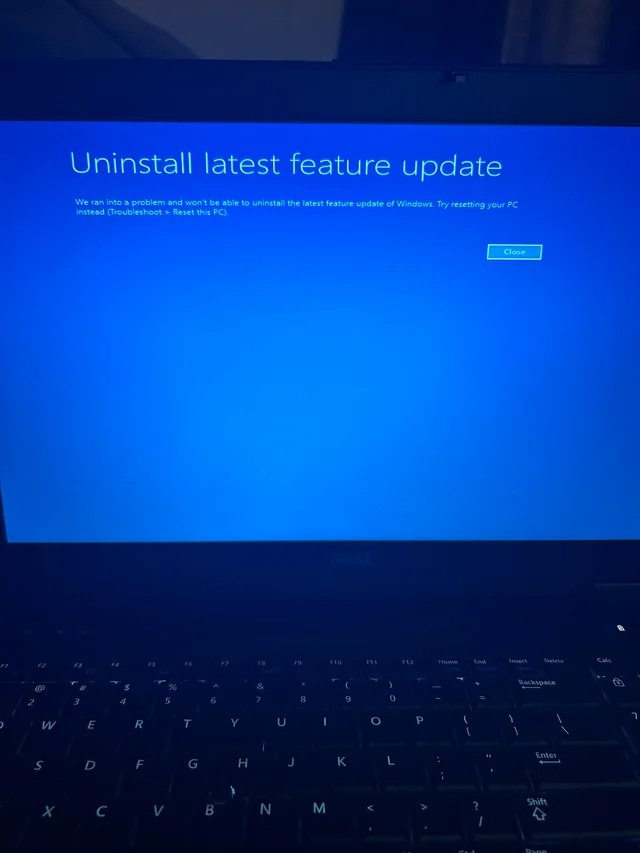Windows errors can be frustrating and often lead to decreased productivity, but understanding their causes and how to resolve them can make the troubleshooting process much easier. These errors can stem from a variety of sources, including software issues, hardware failures, or system conflicts. Common types of Windows errors include the infamous Blue Screen of Death BSOD, application crashes, slow performance, and various error messages that pop up during routine tasks. One primary reason for Windows errors is outdated or corrupted software. Operating systems and applications require regular updates to patch security vulnerabilities and improve performance. If these updates are neglected, the risk of encountering bugs and compatibility issues increases significantly. Additionally, improperly installed software or drivers can lead to conflicts that trigger error messages. To address this, ensure that Windows Update is enabled and regularly check for updates for your applications and drivers, particularly for crucial components like graphics cards and peripherals.
 Hardware problems also play a significant role in Windows errors. Faulty RAM, hard drives, or power supplies can cause instability and lead to system crashes. For instance, corrupted files on your hard drive can result in error messages when Windows tries to access them. To diagnose hardware issues, use built-in tools such as Windows Memory Diagnostic to check your RAM or CHKDSK to scan for hard drive errors. If hardware components are found to be defective, replacing or repairing them may be necessary to restore system stability. Another common issue arises from malware or viruses. Malicious software can cause unpredictable behavior, including errors and crashes. To mitigate this risk, ensure that you have a reliable antivirus program installed and conduct regular scans. Additionally, practice safe browsing habits to minimize exposure to threats and here some creative ways to resolve computer issues. If you suspect that malware is the cause of your Windows errors, consider using Windows Defender Offline to perform a deeper scan before booting the system.
Hardware problems also play a significant role in Windows errors. Faulty RAM, hard drives, or power supplies can cause instability and lead to system crashes. For instance, corrupted files on your hard drive can result in error messages when Windows tries to access them. To diagnose hardware issues, use built-in tools such as Windows Memory Diagnostic to check your RAM or CHKDSK to scan for hard drive errors. If hardware components are found to be defective, replacing or repairing them may be necessary to restore system stability. Another common issue arises from malware or viruses. Malicious software can cause unpredictable behavior, including errors and crashes. To mitigate this risk, ensure that you have a reliable antivirus program installed and conduct regular scans. Additionally, practice safe browsing habits to minimize exposure to threats and here some creative ways to resolve computer issues. If you suspect that malware is the cause of your Windows errors, consider using Windows Defender Offline to perform a deeper scan before booting the system.
Configuration issues can also lead to errors. For example, incorrect settings in the system registry or conflicts with startup programs can hinder performance. To resolve these issues, you can use tools like the System Configuration utility msconfig to manage startup items and services. Additionally, consider using the Windows System Restore feature to revert your system to a previous state when it was functioning correctly, effectively eliminating recent changes that may have caused errors. Finally, sometimes Windows errors occur simply due to user actions, such as accidentally deleting critical system files or misconfiguring settings. In such cases, performing a clean installation of Windows can resolve persistent errors, though it is crucial to back up important files beforehand to prevent data loss. In summary, Windows errors can arise from a multitude of factors, including software issues, hardware failures, malware, configuration problems, and user mistakes. By adopting proactive maintenance habits, regularly updating software, utilizing diagnostic tools, and practicing safe computing, users can effectively manage and resolve Windows errors, ensuring a smoother computing experience.
